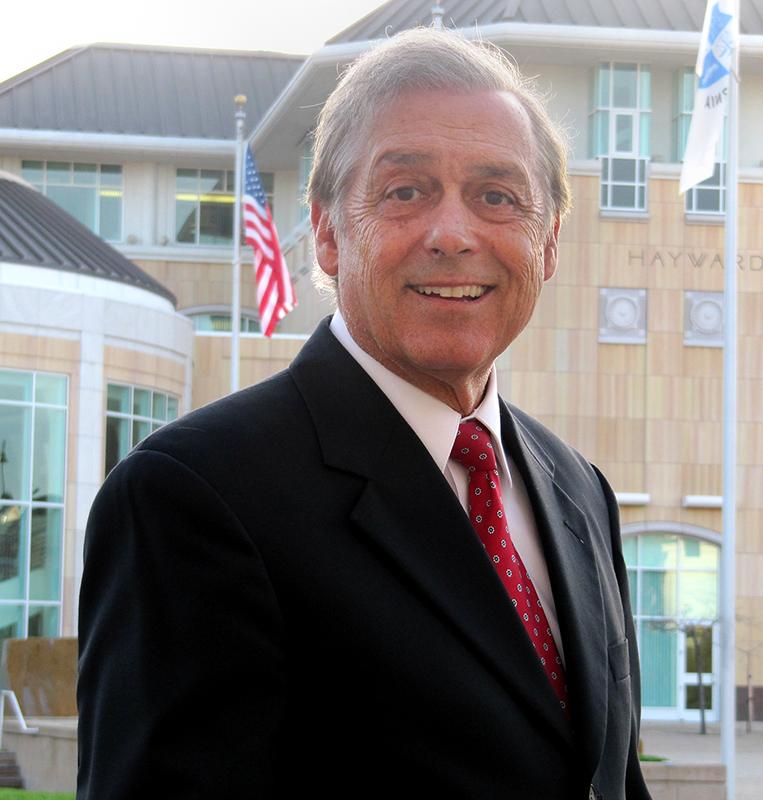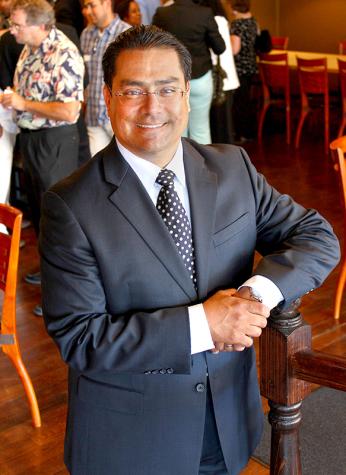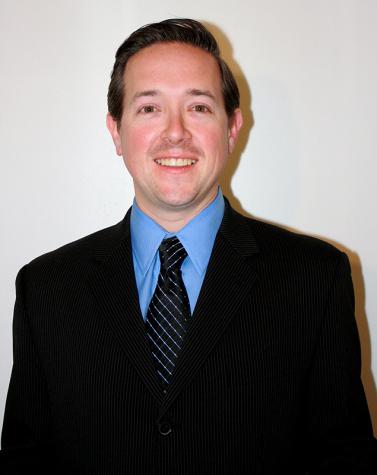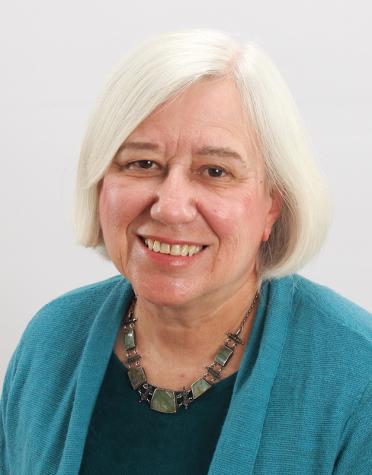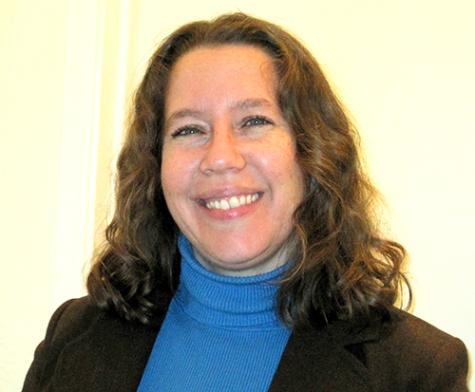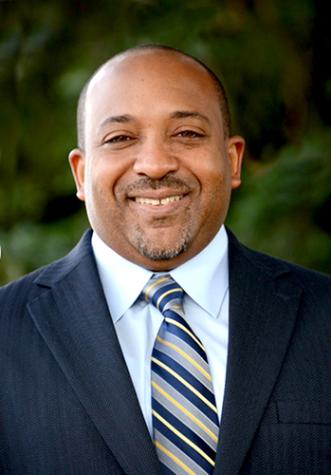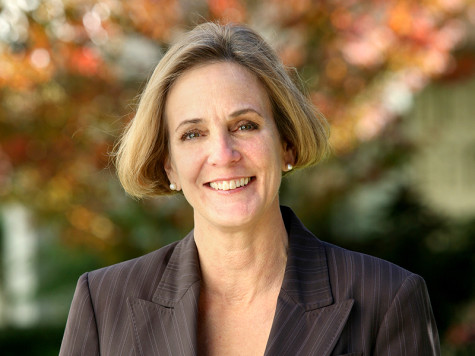Peixoto runs for Hayward council re-election
May 22, 2014
On Land Use Policy
Smart growth and transit-oriented development (TOD) is about more than building high-density housing next to a BART Station.
This well-meant attempt to address our housing needs and encourage the use of mass transit often leaves the city with a multitude of unintended consequences.
One notable example is a reduction in available street parking because residents continue to use more than one car. Instead of reducing reliance on the automobile TOD has evolved, in essence, to a land use policy that replicates the suburban lifestyle in more cramped quarters.
In fact most people purchase TOD condos for the same reasons that many purchase single-family homes, i.e., it fits within their budget, it’s attractive and they like the location.
The reality is most transit-oriented developments do not work because, unlike the major cities of Europe, the East Bay lacks the arterial transportation infrastructure to get people from one end of the BART station to their ultimate destination.
Unless and until we develop that infrastructure it is disingenuous to blame people for not getting out of their cars.
On the Economy
Connected to land use policy is the theory that suggests that if you build enough housing, particularly in the downtown, this will create market demand and provide a ready-made customer base for retailers and other businesses.
Prospective retailers will then take advantage of this opportunity and bring their business to Hayward, thereby stimulating the local economy. Again, the facts do not support the theory.
We have seen numerous high-density projects like City Walk, Renaissance Walk, Grandview Terrace, and the Cannery all-promising to revitalize the downtown by bringing in new residents that will attract business.
We have heard the planning and development community tell us that once we “put the feet on the ground” and develop sufficient “critical mass,” retail and other businesses will flock to our downtown.
The fact of the matter is you cannot build your way to economic prosperity with housing alone.
This does not mean that we don’t build. It does not even mean that we don’t build high density housing. It means that there is no short cut to economic development.
People don’t attract retail – retail attracts people. Instead we need to focus on the fundamentals like providing a safe, pedestrian friendly environment for our merchants and their customers.
We need to seriously address the problems associated with the Green Shutter Hotel and replace it with a first class mixed use development stretching the entire length of Main Street from B Street to C Street.
It should include high quality “market rate” housing on top and retail on the bottom. Our entire economic development team, including the City Council, should continue to outreach to businesses as we did with Big Five Sporting Goods in the downtown and Costco in South Hayward.
Economic development requires tough long term “grunt work.” There are no shortcuts.
On the Budget
While we have seen modest increases in property and transfer tax revenues, overall expenditures continue to outpace even the most optimistic of revenue projections.
Current budget projections show the structural deficit rising to $23 million by 2023. The city has been diligent in reducing as many non-personnel costs as possible without jeopardizing service delivery.
We have gone to paperless agenda packets and flattened the organizational structure. All of the obvious non-personnel cost cutting measures has been taken.
Still we cannot escape the reality of unfunded liabilities created by the two main drivers of this structural deficit—pensions and increased medical costs.
Closing this gap with one time only revenue sources or by relying on reserves is no longer acceptable and is unsustainable.




